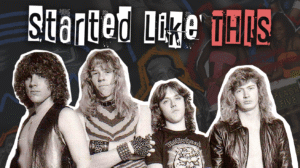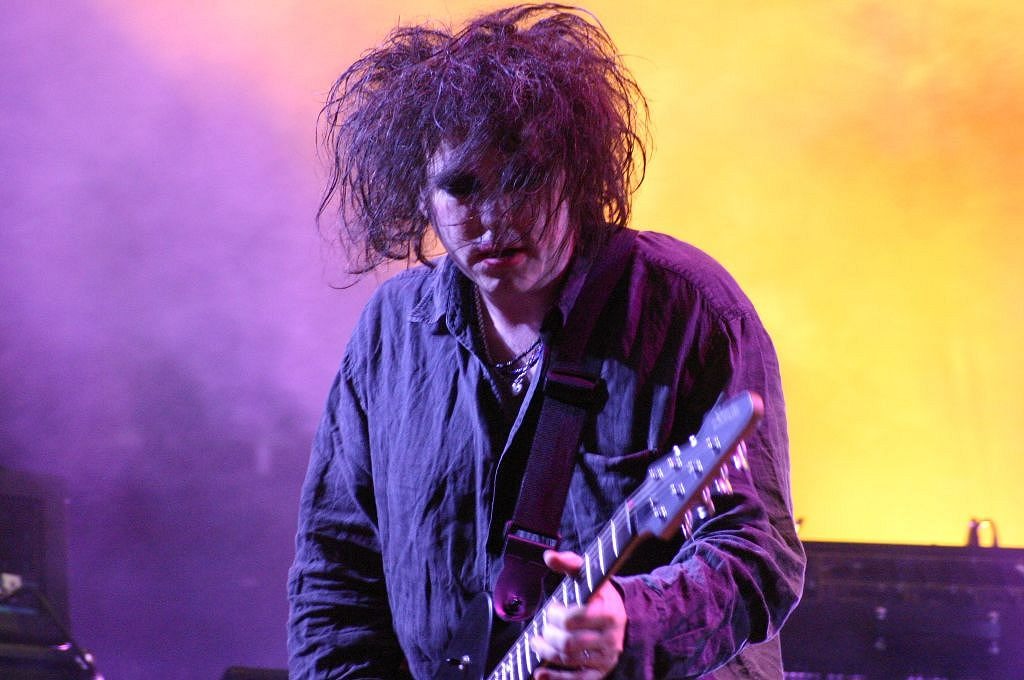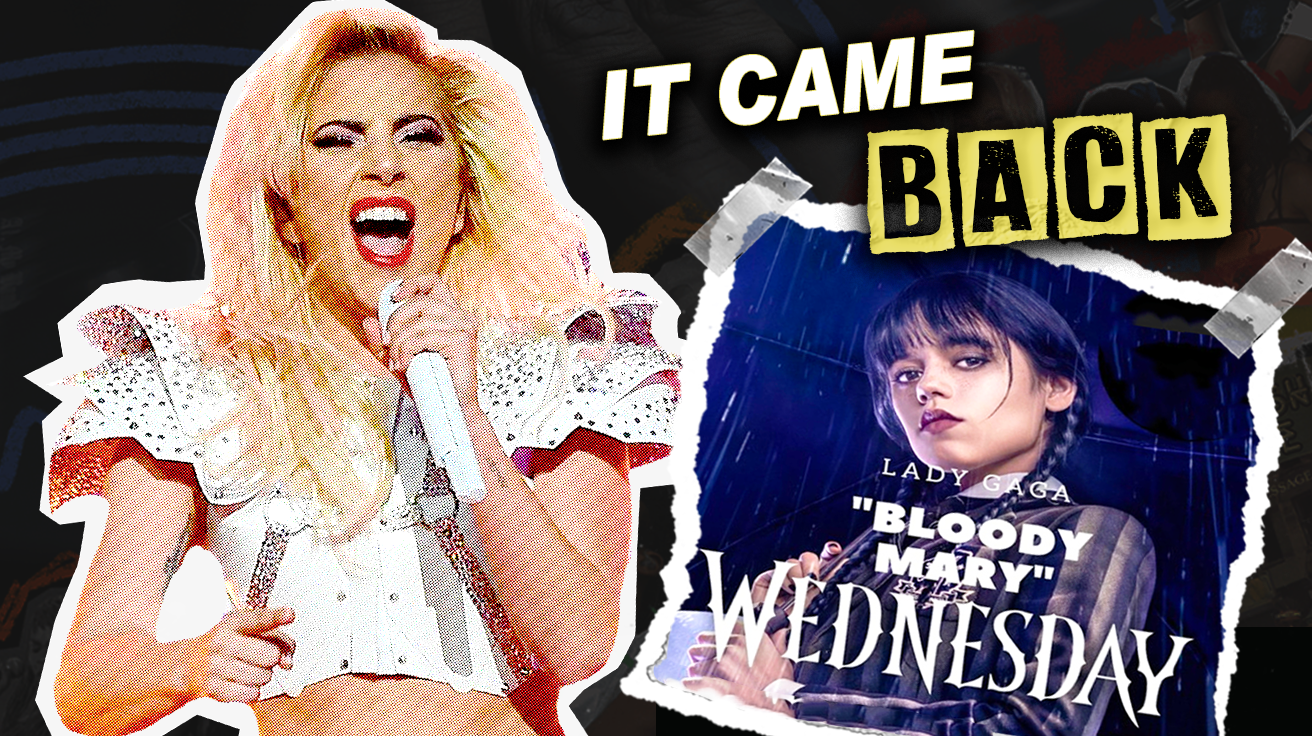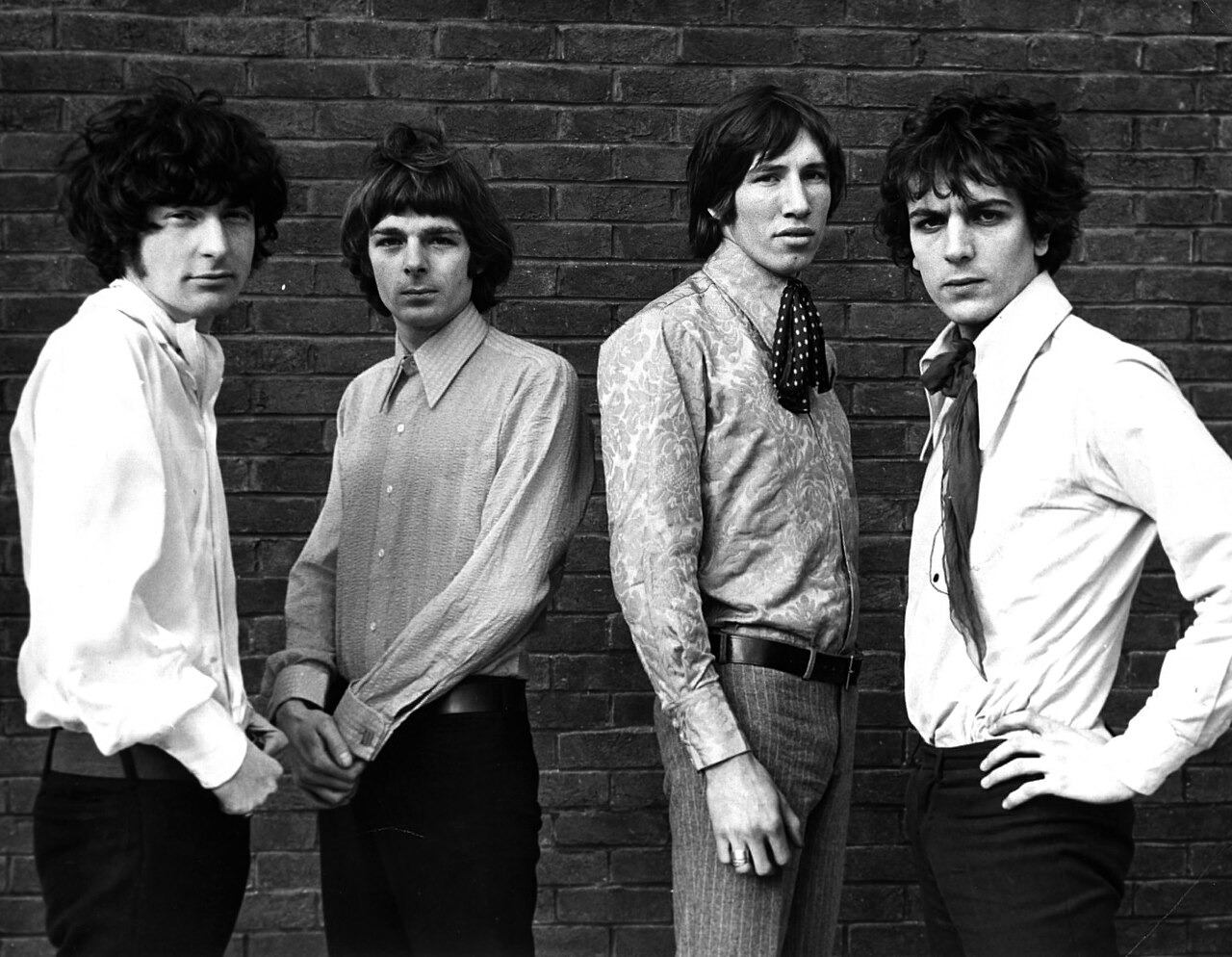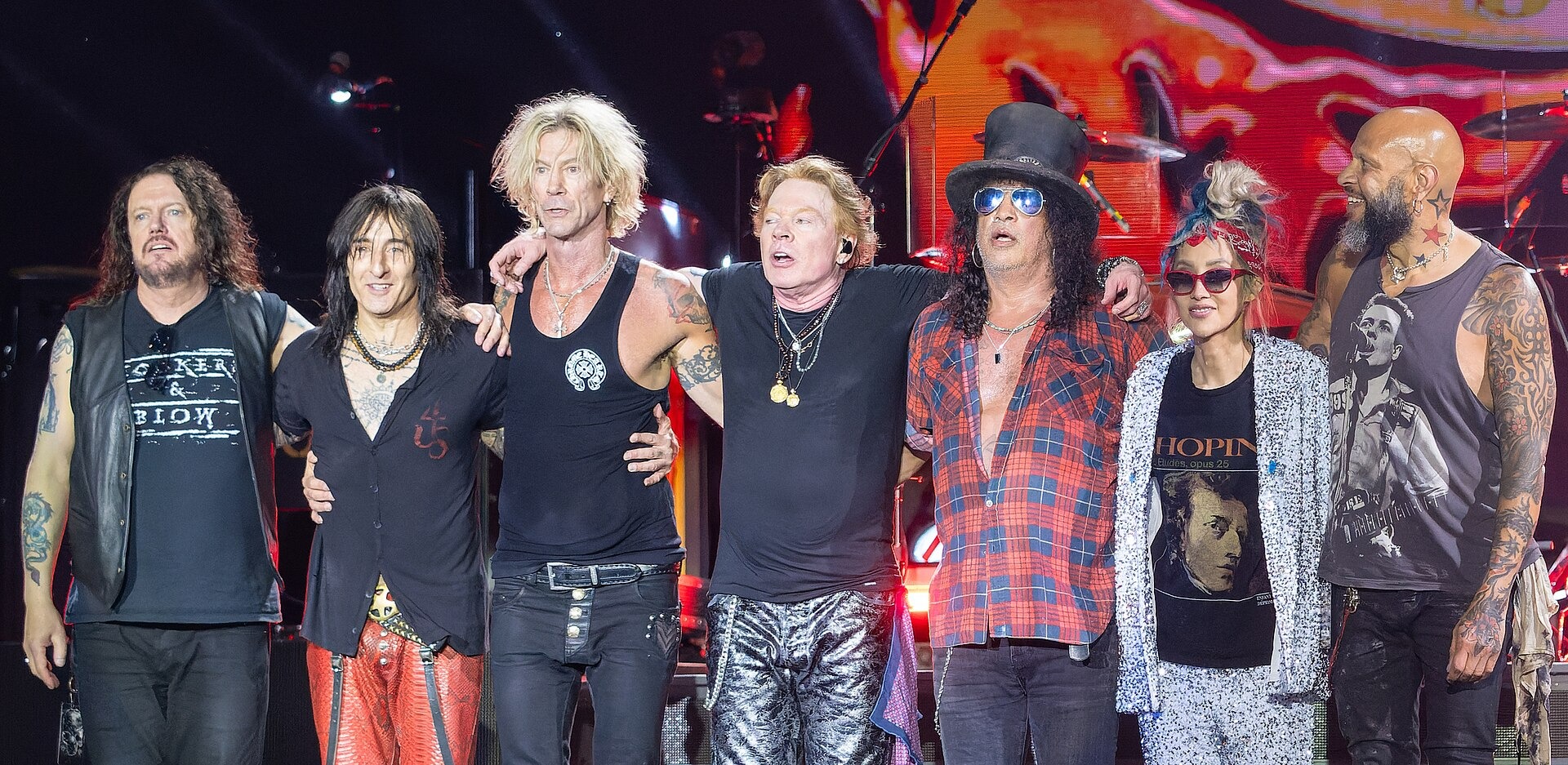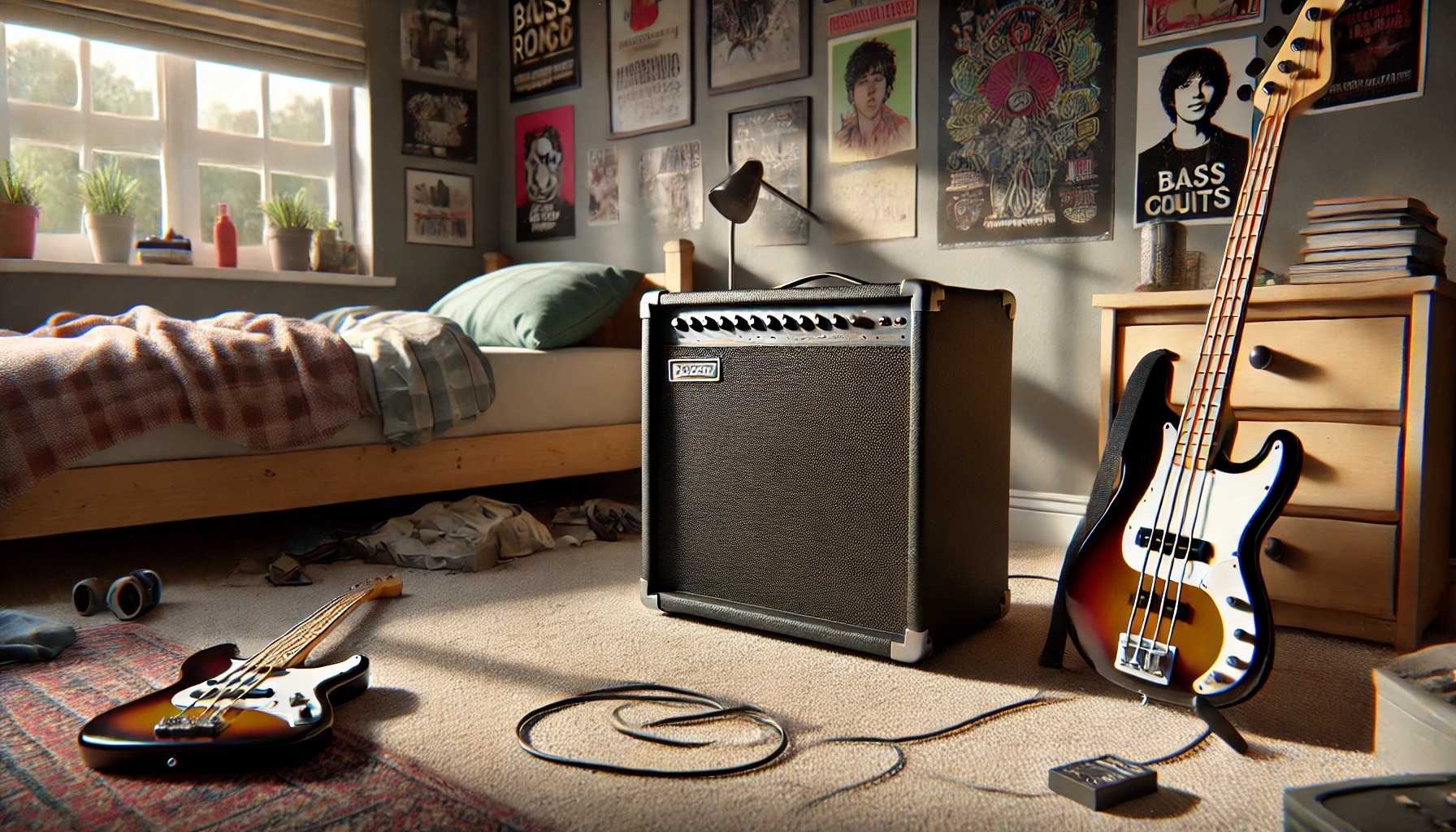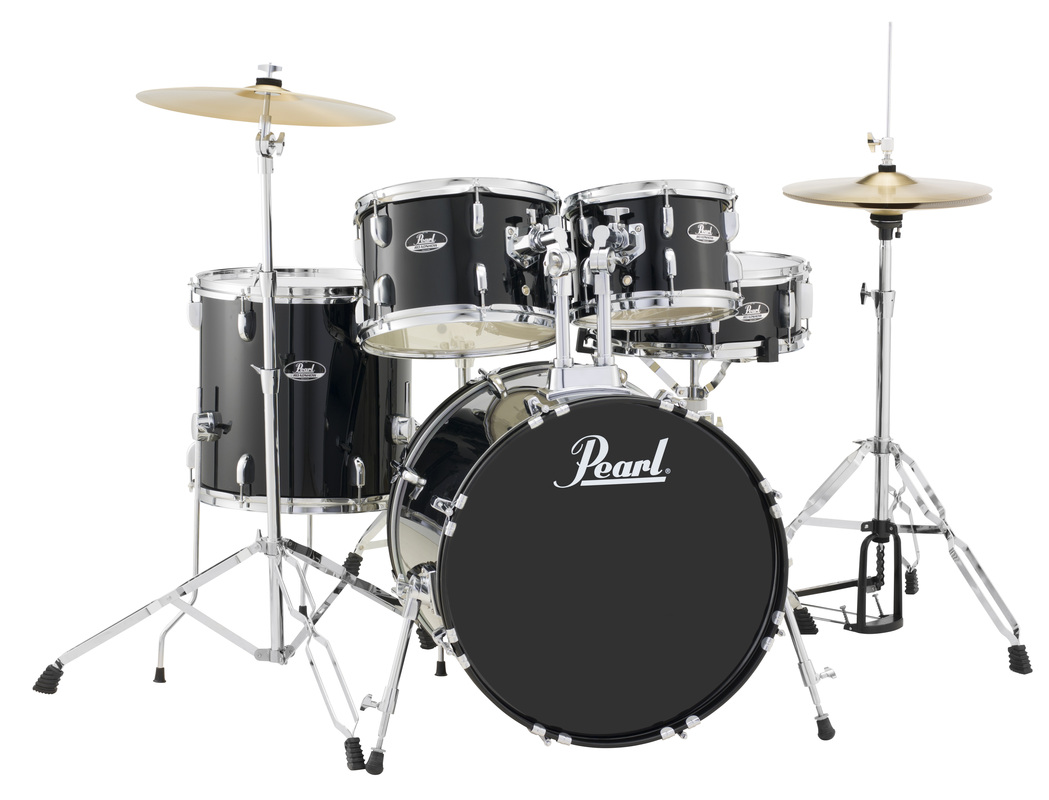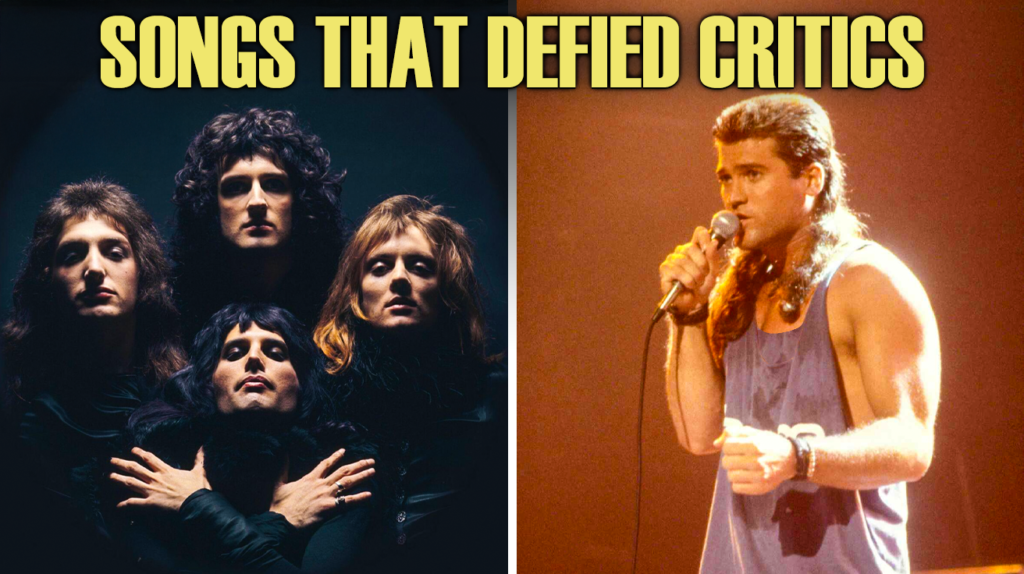
Have you ever fallen in love with a song that everyone else seemed to hate? From Queen’s operatic masterpiece to Dylan’s electric rebellion, some of music’s most treasured classics were once dismissed as failures. Critics called them pretentious, commercial, or just plain bad. Radio stations refused to play them. Even devoted fans rejected these bold new directions. Yet somehow, these “terrible” songs transformed into timeless anthems that define generations.
Let me show you how ten legendary tracks survived their harsh beginnings to become beloved classics.
10. Don’t Stop Believin’ – Journey
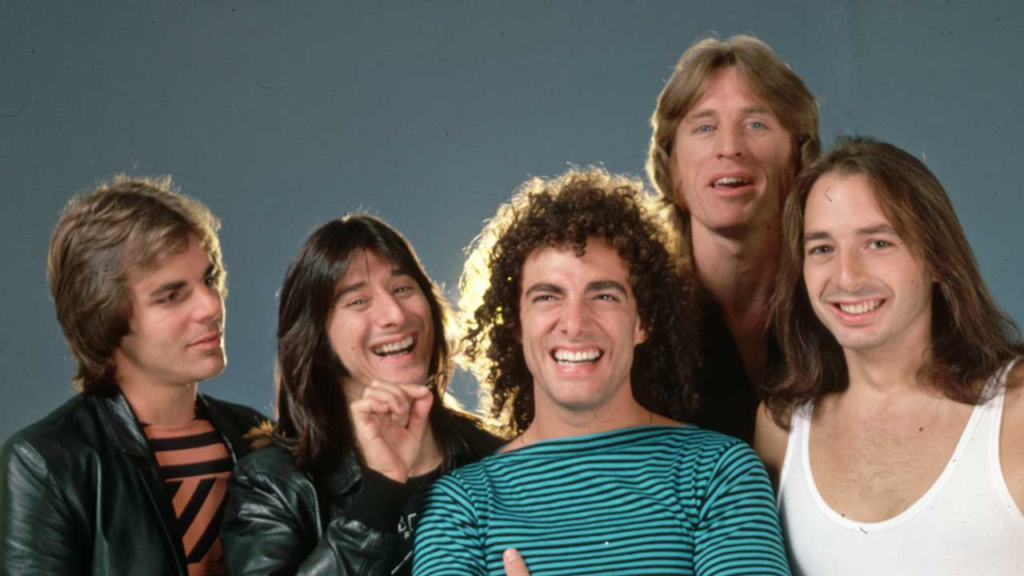
Journey weathered blistering criticism when “Don’t Stop Believin’” debuted in 1981. If you’ve ever felt like an underdog, this song’s story will resonate deeply. Industry veterans dismissed it as corporate rock, yet something extraordinary happened. The anthem accumulated over 7 million digital downloads, becoming the best-selling digital song recorded in the 20th century. Its final-minute chorus still ignites spontaneous singalongs in bars across the globe.
9. The Sound Of Silence – Simon & Garfunkel
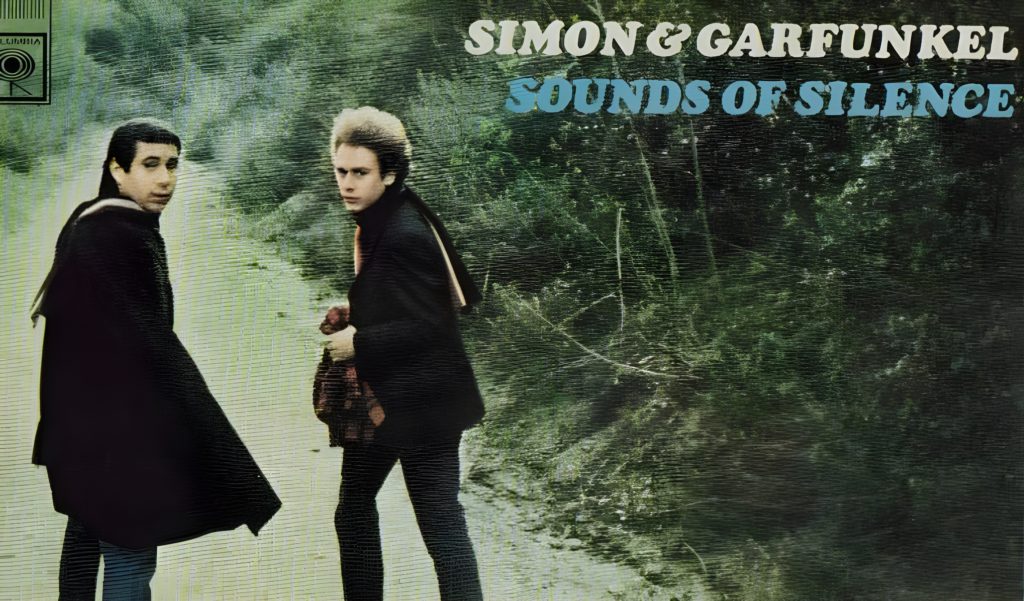
“The Sound of Silence” emerged as a modest acoustic ballad to empty acclaim. After dismal sales caused Simon & Garfunkel to disband, producer Tom Wilson secretly electrified the track – imagine their surprise when they heard it on radio. Adding electric instruments and a driving rhythm section created a #1 Billboard hit in 1966 that defined the folk-rock movement. That fateful studio experiment changed not just a song, but the entire trajectory of American music.
8. We Built This City – Starship
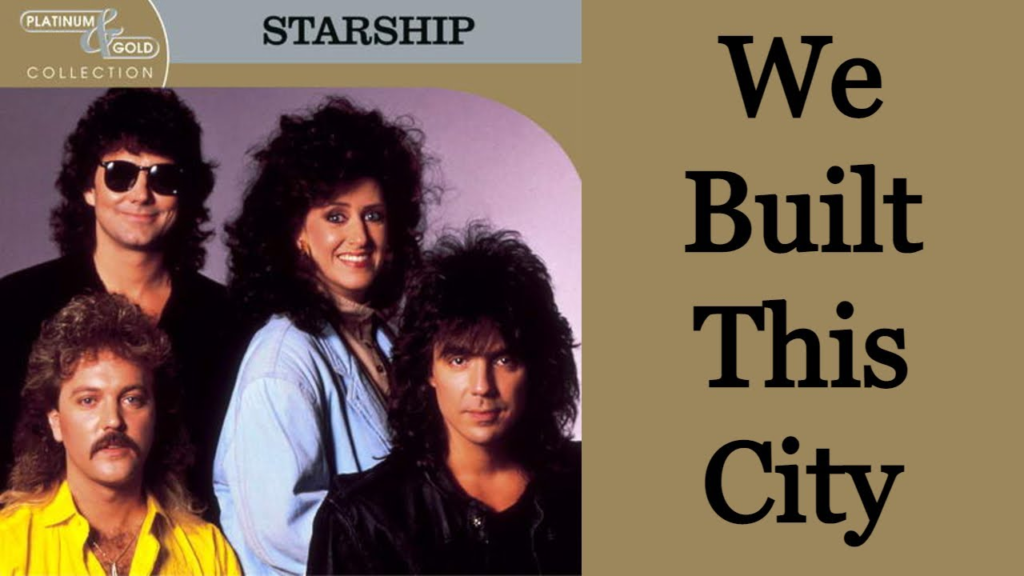
“We Built This City” endured being voted the worst track of the 1980s – a title you might reconsider after learning its true story. Music journalists savaged Starship’s synthesizer-heavy production while missing the song’s ironic critique of commercial radio. Time has vindicated this misunderstood hit, as new generations embrace its theatrical excess. Every karaoke night proves its critics ultimately built their argument on shifting sand.
7. Achy Breaky Heart – Billy Ray Cyrus
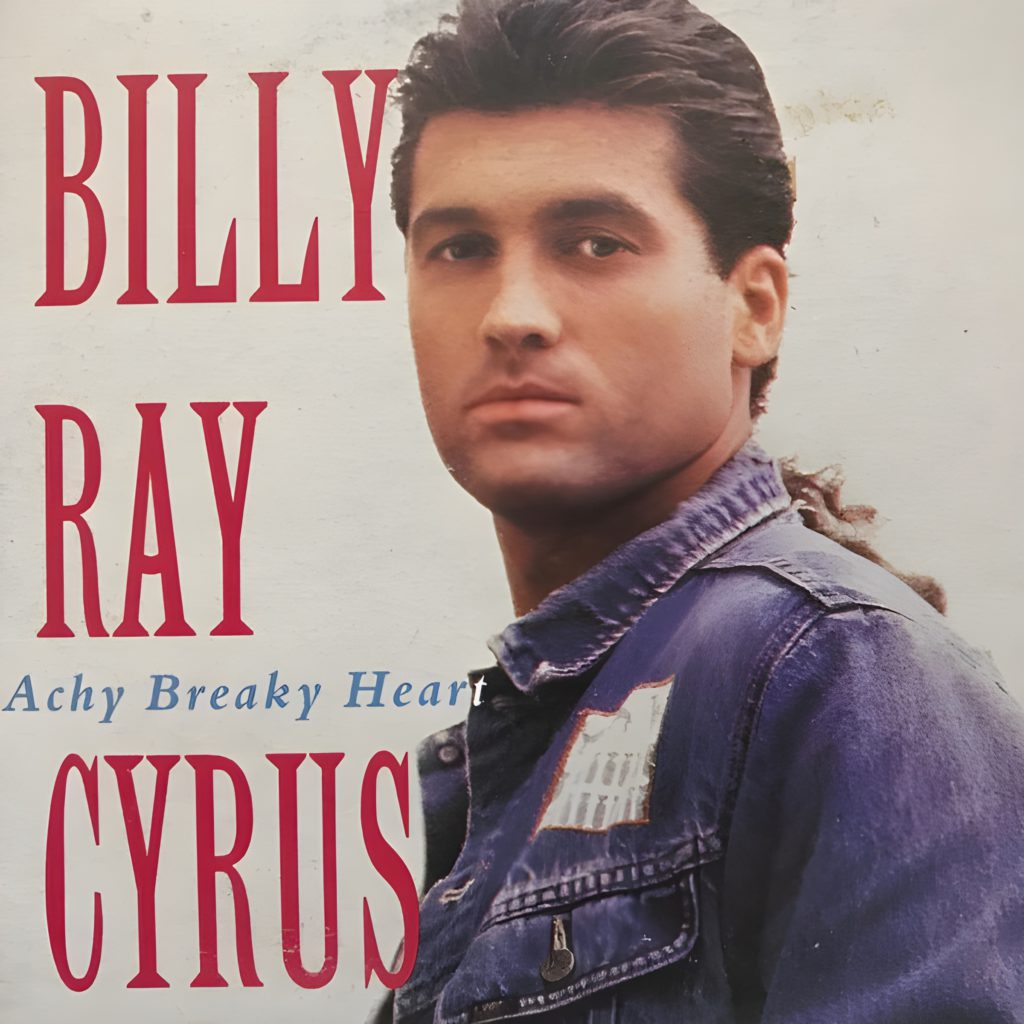
Traditional country devotees recoiled when Billy Ray Cyrus unleashed “Achy Breaky Heart” in 1992. You might remember the collective eye-roll from country purists when its dance moves hit line-dancing floors. Yet the song’s infectious rhythm achieved worldwide sales of over 9 million copies. That simple two-step pattern you learned back then still works its magic at every wedding reception.
6. Creep – Radiohead
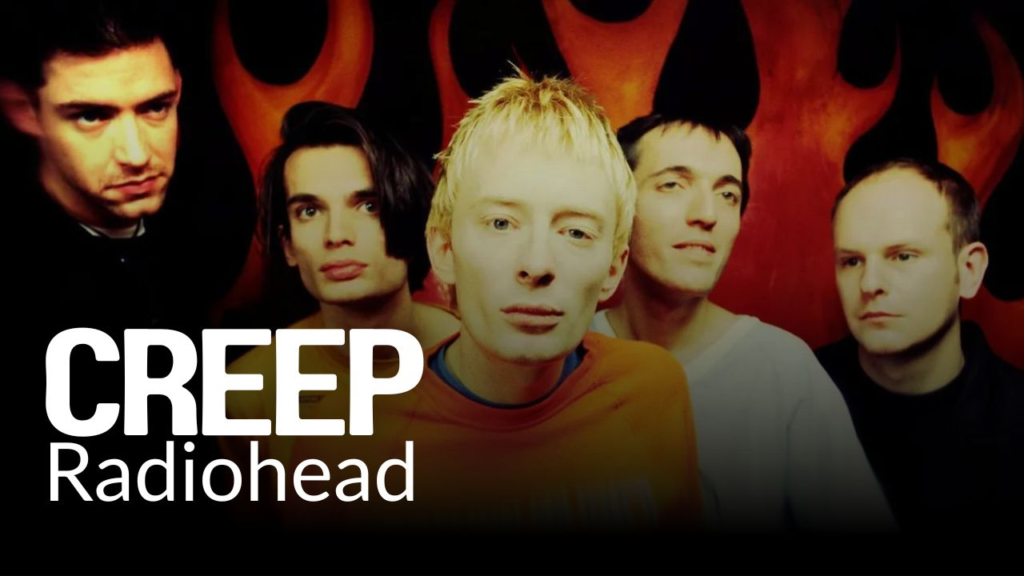
BBC Radio banned “Creep” for its raw emotion and aggressive guitar work – those iconic crunching chords that make you wince and smile simultaneously. Radiohead nearly lost their recording contract before finding unexpected success abroad. The song reached only #78 on its first UK release, but international acclaim forced a domestic re-release. Those universal feelings of inadequacy had found their perfect sonic expression, and we’re still singing along today.
5. Hotel California – Eagles
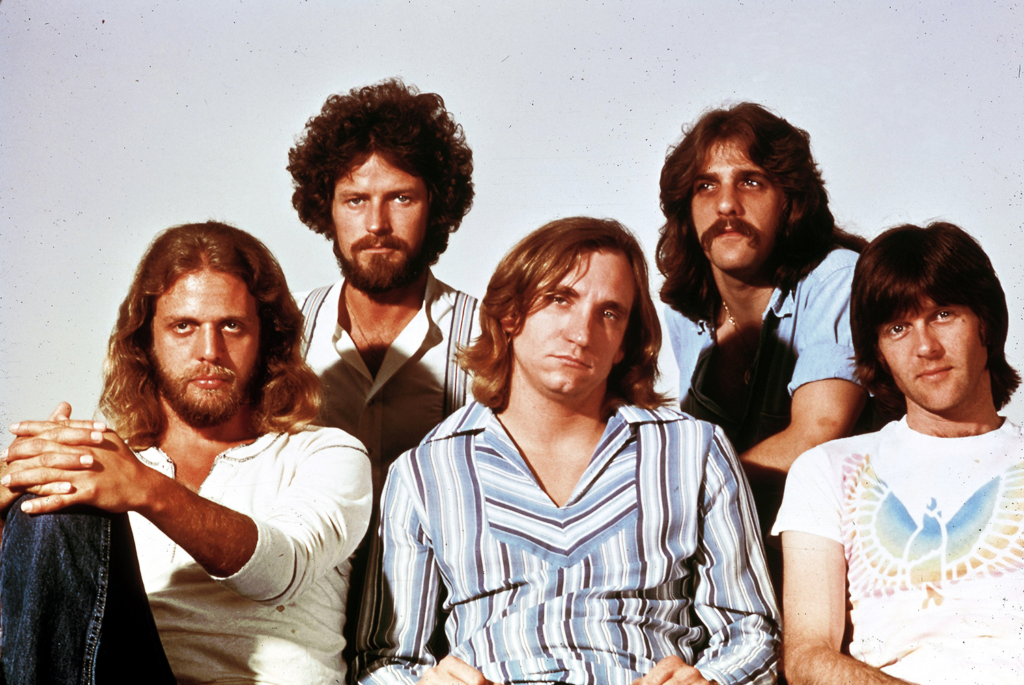
“Hotel California” first met widespread derision as an overproduced tangle of metaphors. The Eagles challenged convention with a six-minute, 30-second epic that radio stations resisted – though you can probably sing every word by heart now. Don Henley’s abstract lyrics about California culture revealed deeper meanings over time. Every aspiring guitarist still dreams of mastering that legendary dual-guitar coda.
4. Stairway To Heaven – Led Zeppelin
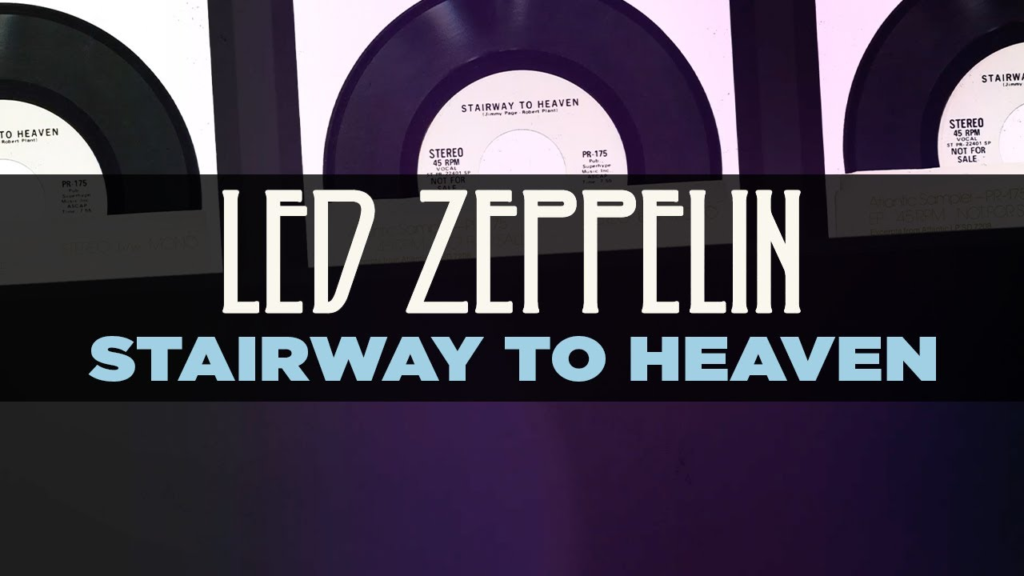
“Stairway to Heaven” arrived in 1971 to profound skepticism. Led Zeppelin’s eight-minute composition challenged commercial radio’s format and listener expectations – back when anything over three minutes seemed radical. Religious groups alleged satanic messages, while critics mocked its mystical lyrics. That ascending journey from acoustic gentility to electric thunder created the template that guitar stores would ban for decades to come.
3. Hallelujah – Leonard Cohen
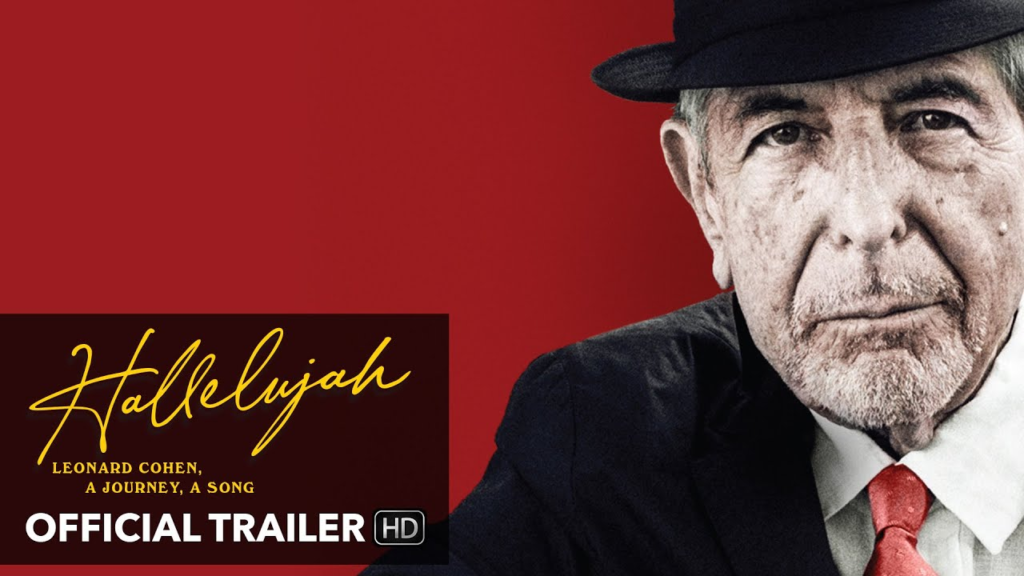
Columbia Records deemed “Hallelujah” so uncommercial they rejected its parent album in America. Leonard Cohen spent five years crafting over 80 verses, demonstrating that sometimes perfect songwriting requires obsessive dedication. John Cale’s stripped-down arrangement unveiled the song’s emotional core, inspiring Jeff Buckley’s definitive version. Each new cover reveals another facet of Cohen’s diamond-hard truth about love and loss.
2. Bohemian Rhapsody – Queen
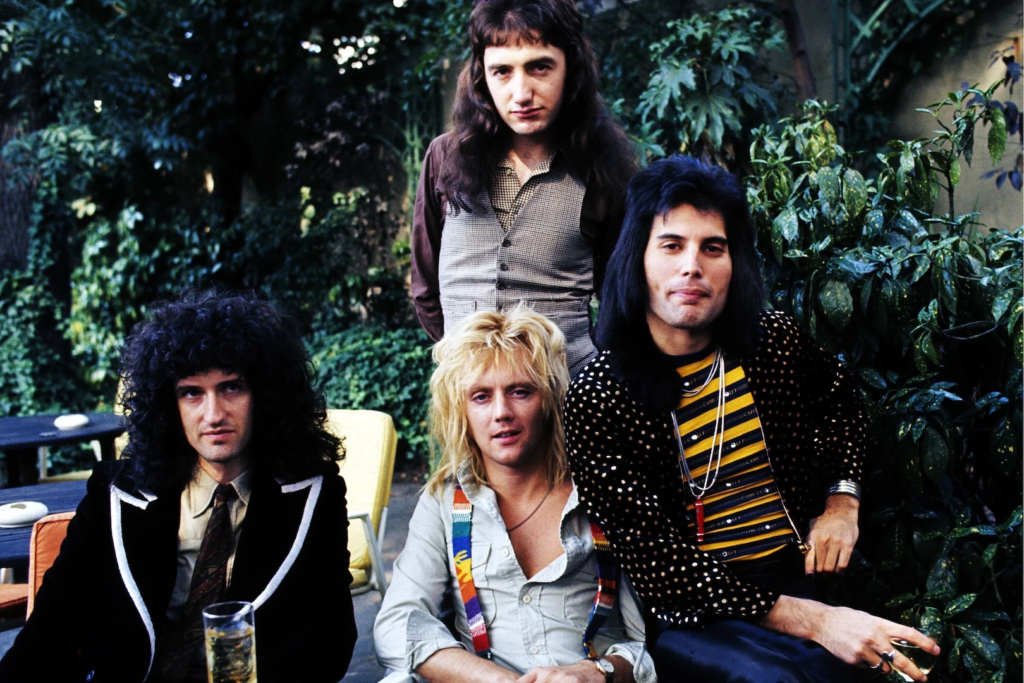
Music executives scoffed when Queen delivered “Bohemian Rhapsody” in 1975 – you try explaining “Bismillah” to a radio programmer. The band refused to trim their six-minute operatic suite to radio length, standing firm against industry pressure. Skeptical DJs yielded to overwhelming audience demand, while the groundbreaking music video charted new territory. That operatic middle section still turns any car ride into a head-banging celebration.
1. Like A Rolling Stone – Bob Dylan
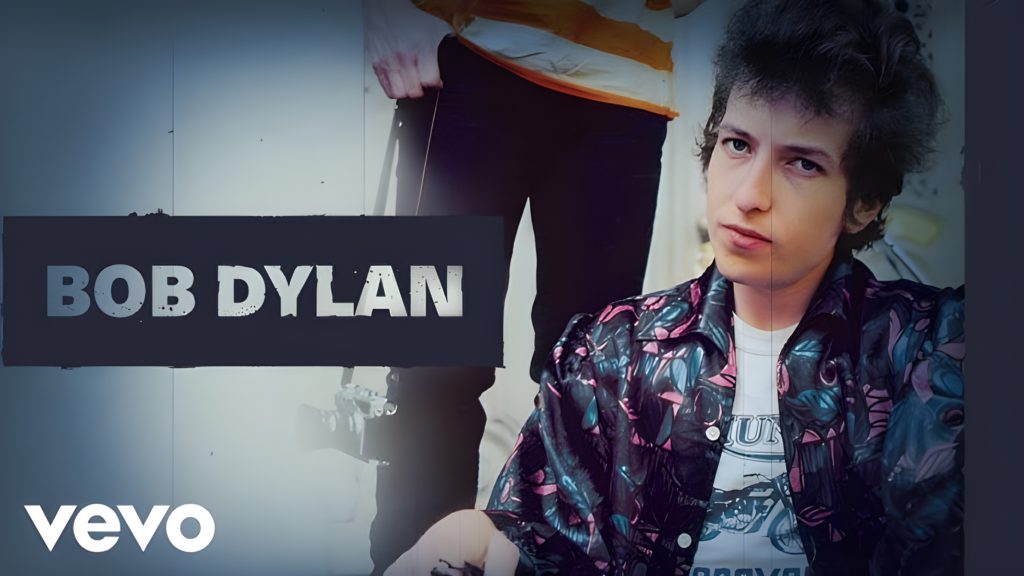
Bob Dylan’s electric performance at the 1965 Newport Folk Festival sparked immediate outrage – imagine your favorite acoustic artist suddenly going heavy metal. Radio programmers rejected “Like A Rolling Stone’s” unprecedented length and confrontational tone. The hostile reception from Dylan’s core audience marked a decisive moment in rock history. Those six minutes of poetic venom permanently expanded the boundaries of what popular music could achieve.






